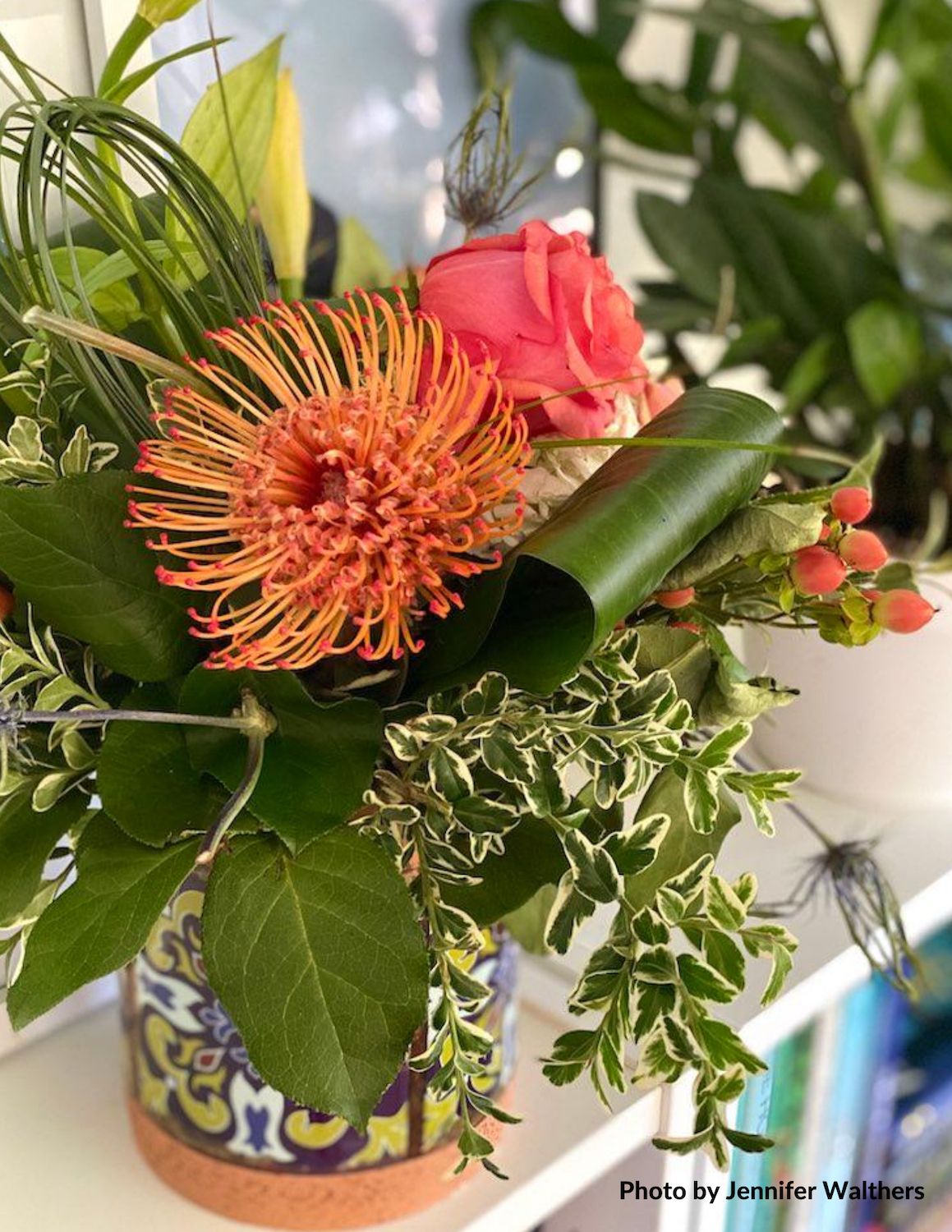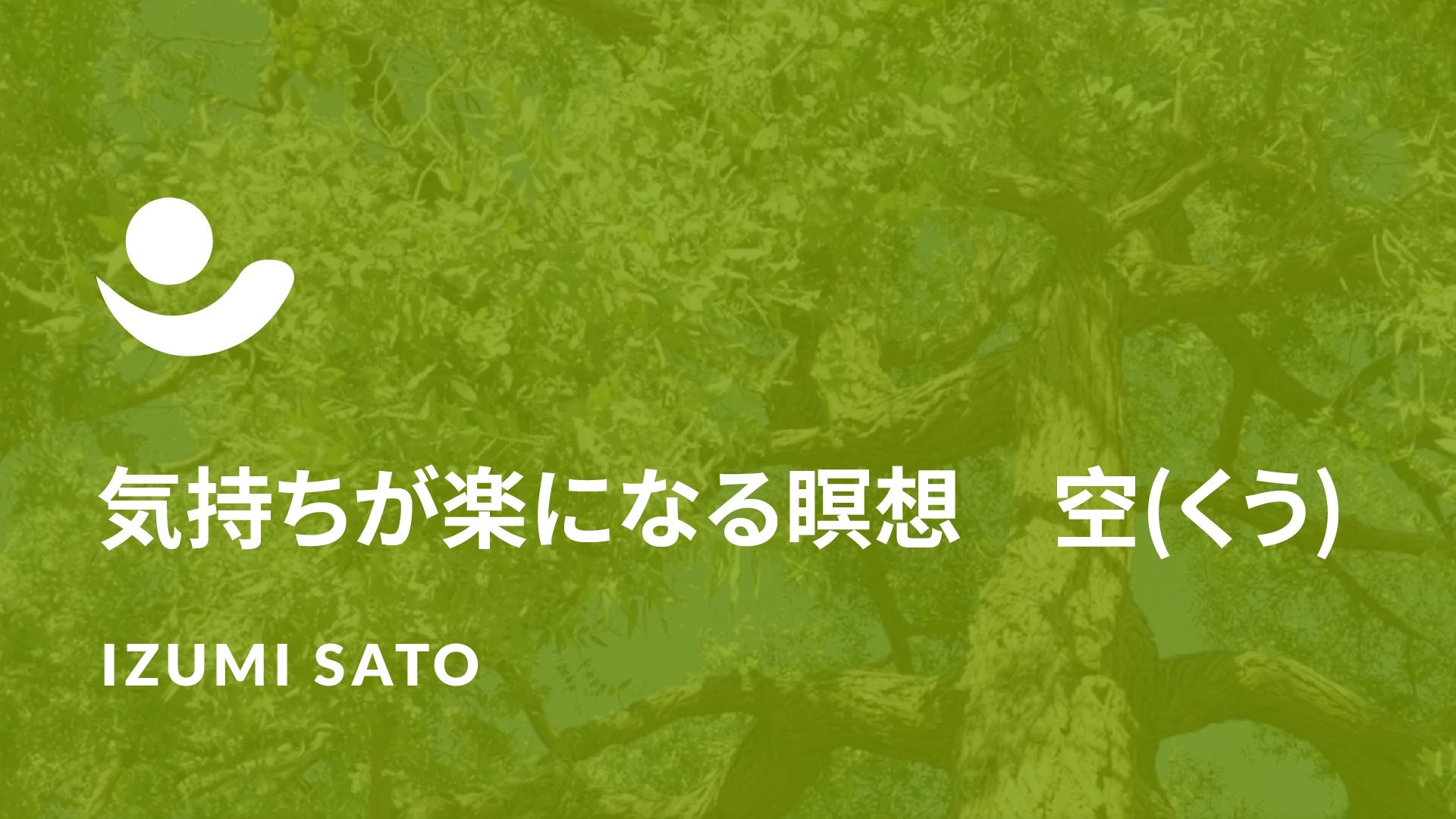As a lifelong chef, understanding the nuances and power of tastes as a science in itself has been fascinating. Layering the science of Ayurvedic nutrition and balancing tastes has been revolutionary in my practice of food as medicine, both personally and with clients. Certain tastes bring great comfort, while others cause puckering faces, strong aversion, and even downright disgust. Yet, according to both Ayurveda and Chinese Medicine, harnessing and embracing the power of all tastes is necessary for health and longevity. Like learning to live a balanced and holistic lifestyle, incorporating the six tastes into your daily life is an art and practice. This is the first article in a series exploring this self-healing practice.
The Sanskrit word for taste, rasa, has a number of potent meanings; including experience, enthusiasm, juice, plasma (as in rasa dhatu), and essence. It is literally the essence of life, the juice of plants and animals, that feeds our own life force. Our structure and physiology, even our consciousness, is deeply related to rasa. Traditional Indian and Chinese Medicine use taste in a therapeutic way, applying it as needed to bring body, mind, and soul into harmony.
Ayurveda recognizes six tastes that naturally occur and have unique qualities and attributes called gunas. The six tastes are sweet, salty, sour, pungent, bitter, and astringent. These tastes can be combined in endless ways to create the diversity of flavors and therapeutic qualities we find in natural, whole foods. Based on the fundamental Ayurvedic principle of using opposites to create balance, we can discern the tastes we should favor for different conditions, times of year, and times of life. Since Ayurveda is based on the five elements and how they relate to one another in all aspects of life, let’s take a look at how they apply to the six senses:
| Sweet (madhura) | Earth + Water (cooling, heavy, slow, wet) |
| Sour (amla) | Earth + Fire (heavy, wet, warming, mobile) |
| Salty (lavana) | Water + Fire (heavy, warming, wet) |
| Pungent (katu) | Fire + Air (light, mobile, heating, drying) |
| Bitter (tikta) | Air + Ether (cooling, light, mobile, drying) |
| Astringent (kashaya) | Earth + Air (cooling, drying, heavy) |
Depending on our dominant constitution, or dosha in Sanskrit, we will have different experiences with each taste and the associated qualities. A trained and experienced Ayurvedic practitioner can give you the most accurate assessment of your constitution, using diagnostic tools such as tongue and pulse readings. You can get a strong sense of your dosha by taking this online quiz. The initial taste of a food or drink begins a cascade of physical, mental, and even emotional responses within. Once a food or drink gets into your digestive system, it can have another post-digestive effect on certain organ systems and functions. Certain foods also have very specific special properties, such as clarified butter, ghee in Sanskrit, which has a sweet and cooling effect, yet strengthens digestive fire.
Over the next few months, we will explore the six tastes and their overall effects. Each article will include a recipe and a tea to try. One of the first steps to enhancing our experience of taste is with oral health, including tongue scraping. This practice gets you familiar with the coating that may or may not cover your tongue, as well as how it changes in response to your diet and lifestyle, and helps to clear your tongue of this coating. Tongue scraping clears the palate and stimulates the taste buds, preparing you to taste your food and drink more thoroughly. Do this practice every time you brush your teeth.
















